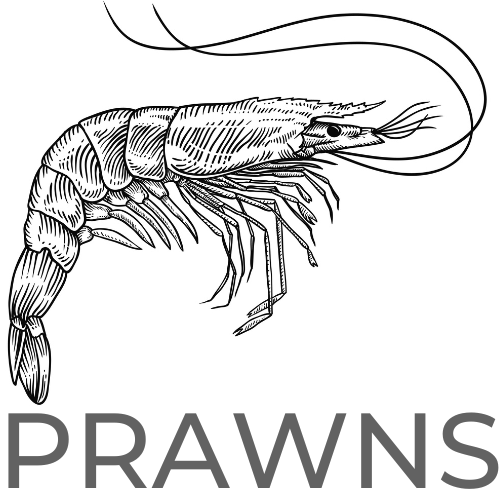Sous vide (pronounced sue-veed) cooking is a relatively new technique to arrive in the home kitchen. French for "under vacuum," it refers to the process of vacuum-sealing food in a plastic bag, then cooking it gently in a water bath at controlled temperatures.
The technique has trickled down from experimental fine-dining restaurant kitchens to everyday home cooks precisely because it’s an easy, convenient, and hands-off way to cook. From the perfect seared steak to crème brûlée with the ideal consistency, sous vide makes cooking easier and more foolproof, taking away all the guesswork and giving you back free time.
To “pasteurize” is to heat food to a temperature for a certain amount of time in order to reduce enough of the pathogens to deem it safe. We often pasteurize in sous vide cooking.
When food sits between 4°F/60°C, it is often said to be in the “danger zone” for bacterial growth. It’s between these temperatures that potentially harmful bacteria can thrive. But what is not often referenced is that danger—and, thus, safety—isn’t just about temperature. It’s also about time.
For example, the FDA recommends cooking chicken breast meat (which is comprised of 5 percent fat) to 165°F/74°C in order to pasteurize it. When the center of the meat reaches that temperature, virtually 100 percent of Salmonella is killed immediately. When brought to 160°F/71°C, it takes 14 seconds to kill the Salmonella. At 155°F/68°C, it takes 50 seconds. At 150°F/65.5°C, our favorite temperature for chicken, it takes 3 minutes. We don’t recommend cooking chicken at 136°F/58°C—it’s a little more like chicken sashimi, really—but you can. It will just take 69 minutes at that temperature to be safe.
With enough time, most food pathogens are killed at 130°F/54.5°C, according to the FDA and Baldwin. For our sous vide recipes, this is our magic number. We cook almost everything either at or above that temperature. (When cooking in a water bath set to 130°F/54.5°C, the food will eventually become that temperature as well.) As an extra precaution, if we plan to cook meat below our magic temperature, the first thing we do is sear it in a hot pan in order to kill off any bacteria on the surface before we circulate.
Vacuum-sealed blast frozen precision cooked food can be stored in the freezer for months without any loss of texture, flavours, or nutrients. While it does increase your thaw time, it comes at a considerable advantage of a great shelf life!
Refrigerating reduces the thaw time in half, but can only be stored for a couple of days depending on the meat.
Delicut recommends that you keep the food frozen(-17°c) at all times before use.











